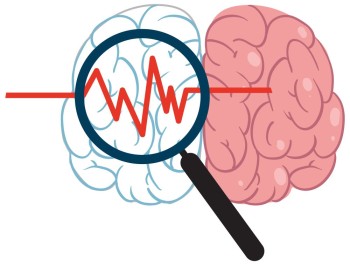
₹7,600
₹9,500
An MRI scan of the brain with Diffusion Tensor Imaging (DTI) is a specialized imaging technique that provides detailed information about the microstructural organization of white matter tracts in the brain.
Category:
MRI Scan



